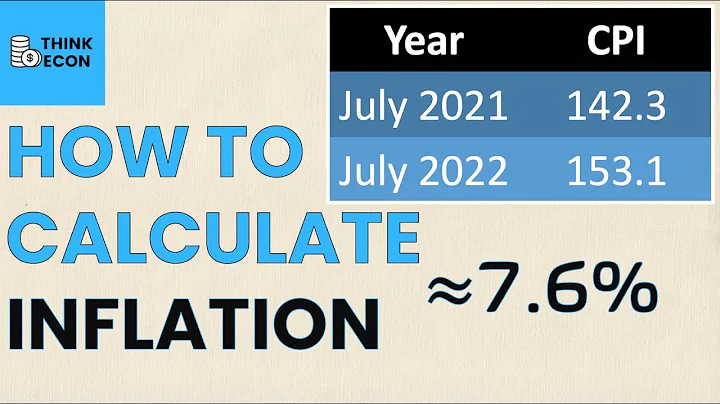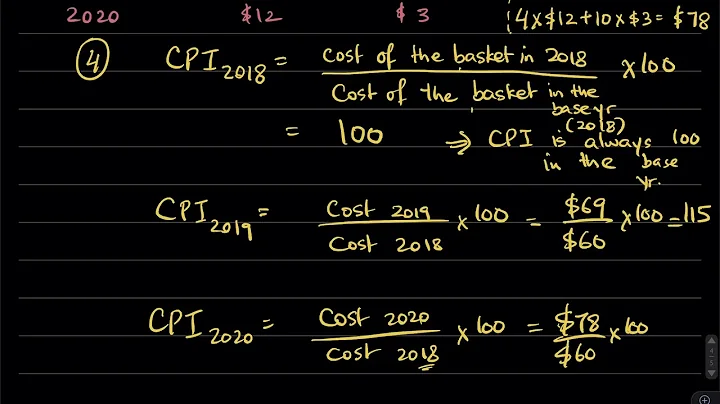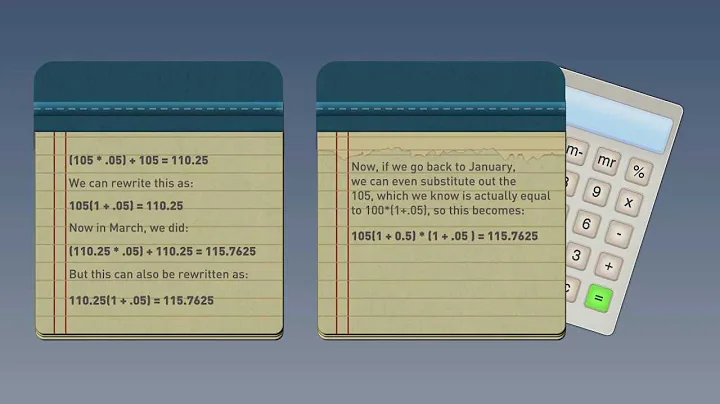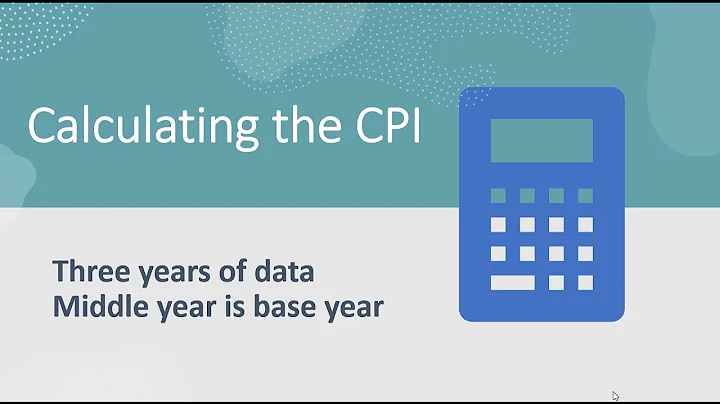The current market generally expects that the "high fever" of U.S. inflation will not subside in the short term, and it is even expected that the core PCE price index will continue to rise further in the fourth quarter.
On Wednesday, December 22, data from the U.S. Department of Commerce showed that the final annualized quarter-on-quarter increase in the U.S. core PCE price index in the third quarter was 4.6%. Although it was down from the previous value of 6.1%, it was higher than the initial value and expectations of 4.5%. ; The final value of increased by 3.6% year-on-year, which was in line with expectations and was still the highest level in the past 30 years.

The final annualized quarterly rate of the U.S. PCE price index for the third quarter, including food and energy, increased by 5.3%, and the final year-on-year increase was 3.6%, both in line with expectations.
Ongoing supply constraints, coupled with the reopening of the U.S. economy, have pushed up prices for a variety of commodities, raising concerns about the breadth and duration of the recent surge in inflation.
In order to curb inflation, the Federal Reserve also made a historic hawkish turn at its recent December policy meeting. It removed the term "temporary" inflation in its statement and raised its inflation forecasts for this year and next.
The market also expects that U.S. inflation will be difficult to fall back in the short term.
Previously, the British "Financial Times" conducted a survey of famous economists. According to the median forecast of economists, the U.S. core PCE price index will only fall slightly to 3.5% in December 2022, and will fall slightly in 2023. It will still be above the 2% target.
Goldman Sachs has also previously released an analysis report on U.S. supply chain issues, wage growth and inflation in 2022, and once again raised its expectations for U.S. core PCE. It predicts that the U.S. core PCE index will reach 3.75% by the end of this year. , and will fall back to 2% at the end of 2022.
Recently, the 10-year U.S. Treasury bond has maintained a range-bound operation under the combined influence of the coronavirus epidemic, the Federal Reserve's hawkish policy expectations, and Biden's new policies. After the release of
data, the 10-year U.S. Treasury yield fell. Although the inflation data continued to be about twice that of the Federal Reserve, further putting pressure on U.S. bonds, the final annualized quarter-on-quarter real GDP value of the U.S. in the third quarter released at the same time was 2.3%. The growth rate slowed significantly compared with the second quarter, which provided certain support for U.S. debt.

This article comes from Wall Street News, welcome to download the APP to view more





















